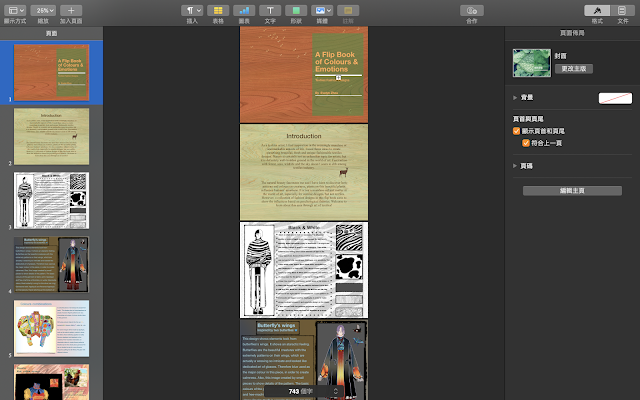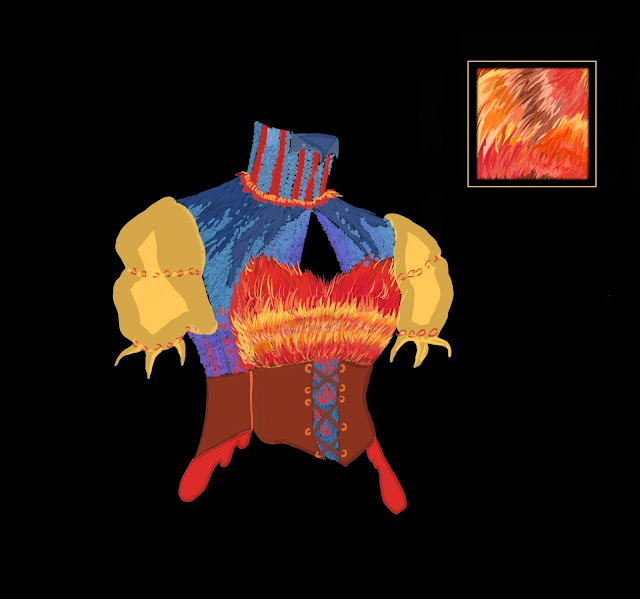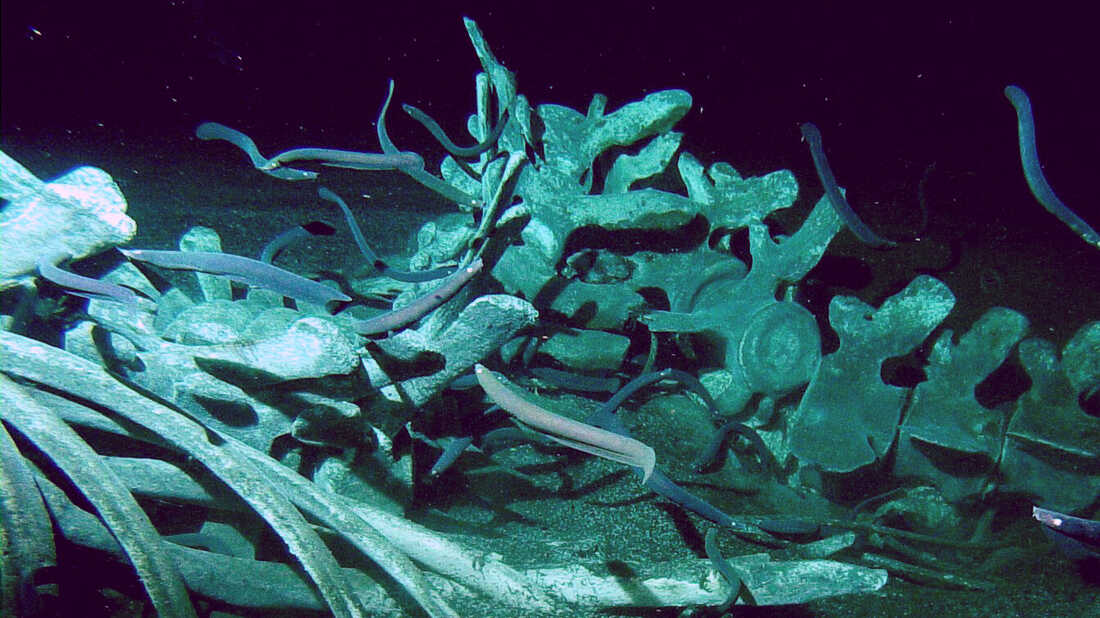I created some sketches for my major project. They are six pattern designs inspired by natural forms.

This picture shows elements took from a butterfly's wing. I wanted to show a feeling of calming. Some of us may remember childhood holiday spent watching butterflies. In my case, it was the school travel day in primary school. I was having picnic with other children on the grasses, butterflies are around us. One very beautiful blue butterfly was fluttering its wings and remained there until I moved my arm. It was like enjoying the sunshine with us. How a calming and lovely sunny day. I have never felt that before, the warm sunshine and beautiful creatures. I learnt sometimes we just need to calm ourselves then we might not miss any interesting things surrounding. My second defining moment with butterflies was looking at their wings in a collection glass box. It was a chance that I visit a museum with my family. There was an exhibition of various specimens. I was shocked by the extremely patterns on the butterflies's wings. Their wings are actually a weaving so intricate and looked like dedicated art of glasses. Therefore I used blue as the major colour, in order to create calmness. Also, this image created by small pieces. I wanted to show details of the pattern.

If people say butterfly, I might associate flowers. I tried to show calmness in a different angle. I think the idea of the composition of this image is fine, just need more details as Lindsay Philip's work. It may be better to work further.
When I was drawing this image on my iPad Pro. I was struggling with the transition fo these three colours. Then I discovered a tool call Linear Fill, it allows to transition from red at the top to yellow at the bottom.
When I was thinking about warmth, energy, love, excitement, enthusiasm or attention, it might be somethings in red, yellow or orange. Red is a bright, warm colour that evokes strong emotions. It lets us to associate love, warmth and comfort. Red in text always use for warning or highlighting. Then, I combined these three colours and thought the Sun is a representative object for this topic. However, this sketch was not successful. It is too simple and does not look like a professional textiles print. I will consider work further on this piece or create another one.
I inspired by colours on rooster's feathers. Different from hens, their feathers are more colourful.
I took elements from a peacock and used shapes and patterns of its feathers. I created a yellow green background that the patterns can stand out. According to an article, peacock symbolism: Vision, Royalty, Spirituality, Awakening, Guidance, Protection, & Watchfulness. I though yellow might be more suitable colour to represent Royalty, then I used yellow green to instead of green for the background. I am satisfied with this design. But when I ask Charlotte's opinion, she thinks it is not exciting enough, I should consider garment design rather than just pattern design.
This design is bases on pattern of zebras. I think it might be interesting if I not only work on colours. Black & White also an attractive topic to develop.
This idea is for wallhanging design and carpet design. It may be useful for train or bus companies to promote their business. Also can use for decoration.
I am satisfied with most of my work, but still think it should be improve. I do agree with Charlotte's suggestion that garment design is more beneficial for my major subject in University. The next blog will show further designers research and work process of final pieces.
[viewed] 24/11/19


























































